Search Results
Showing Results for rupture
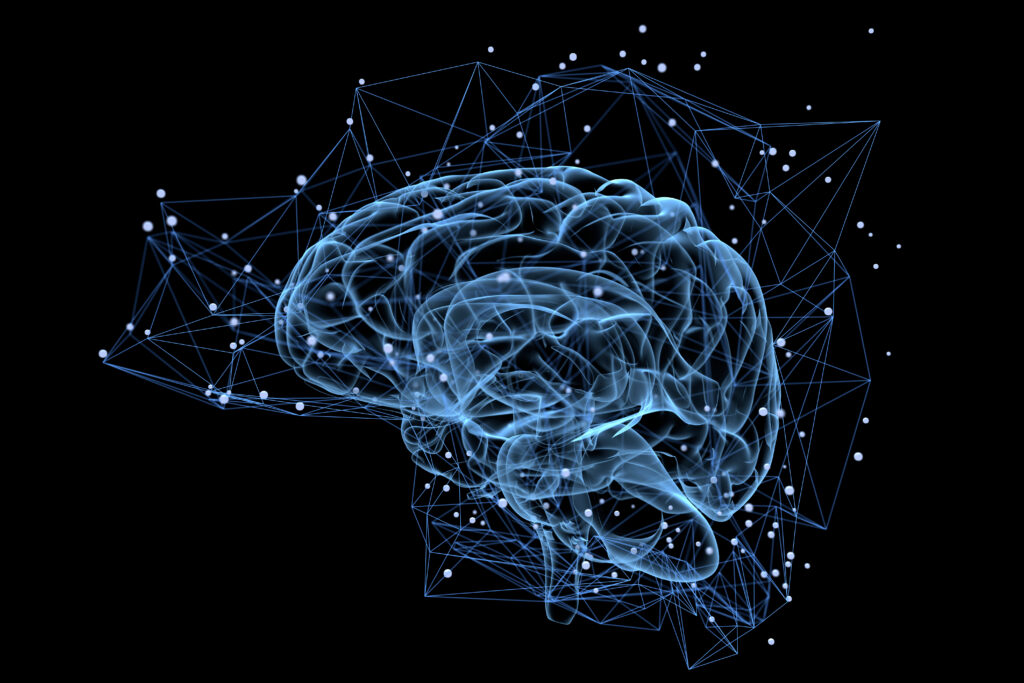
The prevalence of unruptured intracranial aneurysms (IAs) is approximately 3% of the population, with incidence on the rise due to the increased utilization of neuro-imaging for diverse objectives.1,2 The average risk of rupture for unruptured IA is estimated to vary from 0.3% ...
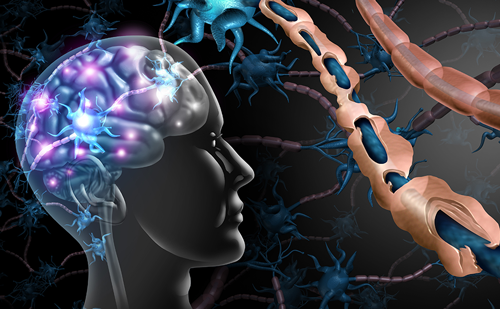
Introduction The term 'stroke' is used to describe an adverse clinical state involving interference of blood circulation to the brain due to obstruction or rupture of blood vessels.1 Stroke was previously categorized into a cardiovascular disorder until the release of ...

The coronavirus disease 2019 (COVID-19) pandemic has led to unprecedented illness and death among the global population. Severe acute respiratory syndrome coronavirus 2 (SARS-CoV-2) infection can range from mild upper respiratory symptoms that subside with no lasting effects to multiorgan system failure ...
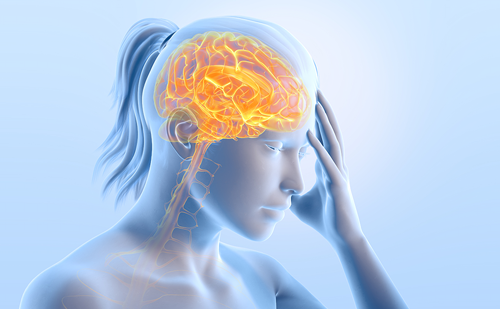
Ischaemic stroke may occur due to several potential mechanisms. Mechanisms are classically described as large artery atherosclerosis, small-vessel occlusion, cardioembolism, stroke of other determined aetiology (i.e. vasculitis, genetic disorder, etc.) and stroke of undetermined aetiology. Historically, the definition of ...

Hereditary transthyretin amyloidosis (hATTR) is a progressive life-threatening disease that typically presents as progressive sensorimotor polyneuropathy, restrictive cardiomyopathy, or a combination of both.1 Patients with hATTR-associated polyneuropathy (hATTR-PN) typically require assistance walking after 5–6 years, and die within 7–10 years from the ...

Proper intraoperative positioning is a simple, yet crucial, component of a successful operation. During each surgical procedure, a position should be employed, which not only meets the surgeon’s requirements, but also has the fewest disadvantages for the patient. Peripheral ...
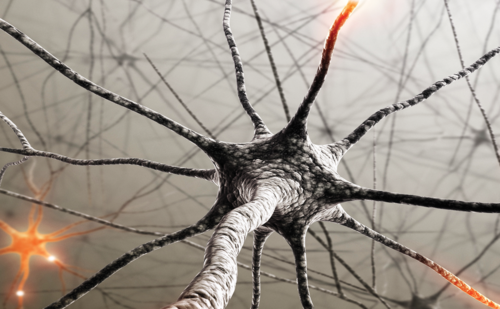
Acute pain is defined as an ‘unpleasant, complex, dynamic psychophysiological response to tissue damage, disease or inflammation’,1–3 and often lasts for a short period.1,4 Its biological function is to minimise behaviours that may lead to reduced tissue healing.1,5 When patients ...
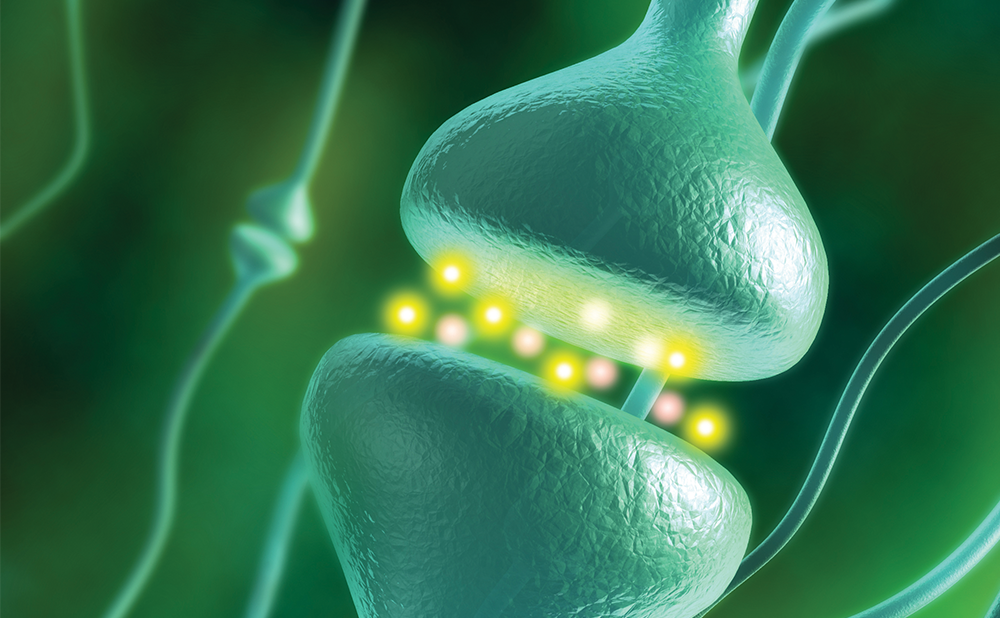
Despite substantial evidence to the contrary, there is still a widespread belief that B vitamins to lower plasma total homocysteine (tHcy) do not prevent stroke. This belief is based on the failure of early clinical trials to show a reduction ...

Neuroprotective Strategies in Traumatic Brain Injury Peter JD Andrews Western General Hospital NHS Trust and University of Edinburgh, UK Any severe trauma to the brain results in the activation of a cascade of biochemical pathways and release of chemical mediators. ...

Identifying secondary headaches in the emergency room In 2008 alone (according to most recent data), there were over 3 million visits to the emergency room (ER) where headache was the primary complaint, in the US.1 Headache comprised a little over 2% of all ...

About 20% of all brain infarcts are caused by atherothrombotic macroangiopathy.1,2 The prevalence of atherosclerotic carotid disease increases with age. Epidemiological data show a prevalence of 3.1% for men and 0.9% for women in individuals with ≥70% North American Symptomatic Carotid Endarterectomy Trial (NASCET) ...

Spontaneous intracerebral haemorrhage (ICH) is defined as a focal collection of blood within the brain parenchyma or ventricular system that is not caused by trauma.1 It is a heterogeneous condition resulting from several distinct underlying vasculopathies. Several interacting and overlapping ...

Brain arteriovenous malformations (bAVMs) are rare congenital lesions that confer a lifelong risk for hemorrhage. Treatment options for these lesions include microsurgical resection, embolization, and radiosurgery, alone or in combination. The goal of bAVM intervention is to eliminate the risk ...

Headache is the most common somatic complaint seen in the emergency department, accounting for 1 % to 3 % of all emergency department visits.1 Given the range of headache-related disorders, a systematic approach to headache classification and diagnosis is essential for best clinical management.2 ...

The importance of nutrition to stroke prevention is vastly under-appreciated. Many physicians and patients think that if they are taking a statin, they can eat whatever they want. Few concepts could be further from the truth. An analysis1 of the ...

Stroke is a sudden loss of cerebral blood flow caused either by occlusion (85 % of cases) or rupture of the cerebral artery manifesting with focal neurological deficits.1 One-third of stroke patients are younger than and two-thirds are older than 65 years of ...

Cerebral congophilic or amyloid angiopathy (CAA) is a clinicopathological entity that has been recognised since the early part of the 20th century.1 It is now considered a common cause of primary non-traumatic brain haemorrhage and traditionally it was described in ...

The treatment of intracranial aneurysms, both ruptured and unruptured, has witnessed a dramatic improvement in outcomes made possible by continuous refinement in microsurgical technique alongside major technological developments and a growing understanding of the physiology of the brain under normal ...
Latest articles videos and clinical updates - straight to your inbox
Log into your Touch Account
Earn and track your CME credits on the go, save articles for later, and follow the latest congress coverage.
Register now for FREE Access
Register for free to hear about the latest expert-led education, peer-reviewed articles, conference highlights, and innovative CME activities.
Sign up with an Email
Or use a Social Account.
This Functionality is for
Members Only
Explore the latest in medical education and stay current in your field. Create a free account to track your learning.

